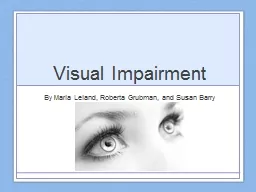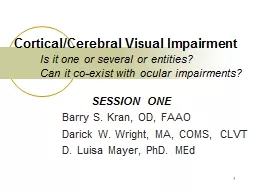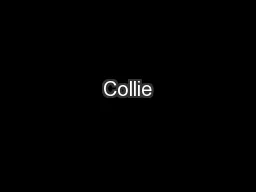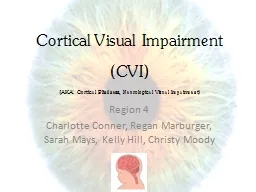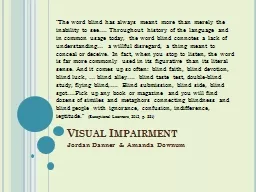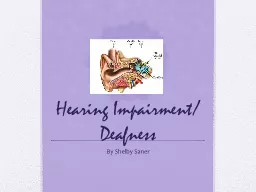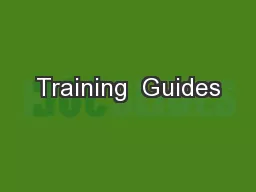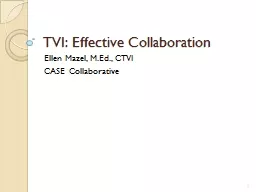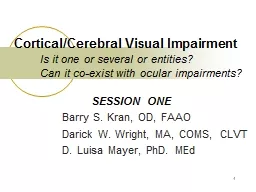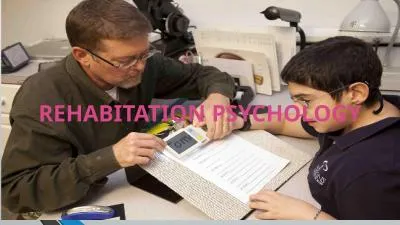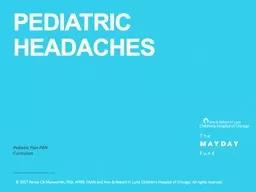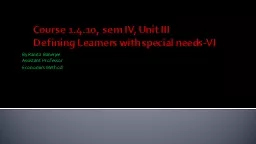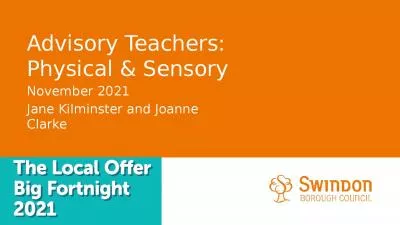PPT-Visual Impairment By Marla Leland, Roberta
Author : 2coolprecise | Published Date : 2020-06-16
Grubman and Susan Barry What defines visual impairment Visual Impairment Including Blindness a visual impairment that even with correction adversely affects a childs
Presentation Embed Code
Download Presentation
Download Presentation The PPT/PDF document "Visual Impairment By Marla Leland, Rob..." is the property of its rightful owner. Permission is granted to download and print the materials on this website for personal, non-commercial use only, and to display it on your personal computer provided you do not modify the materials and that you retain all copyright notices contained in the materials. By downloading content from our website, you accept the terms of this agreement.
Visual Impairment By Marla Leland, Roberta: Transcript
Download Rules Of Document
"Visual Impairment By Marla Leland, Roberta"The content belongs to its owner. You may download and print it for personal use, without modification, and keep all copyright notices. By downloading, you agree to these terms.
Related Documents

